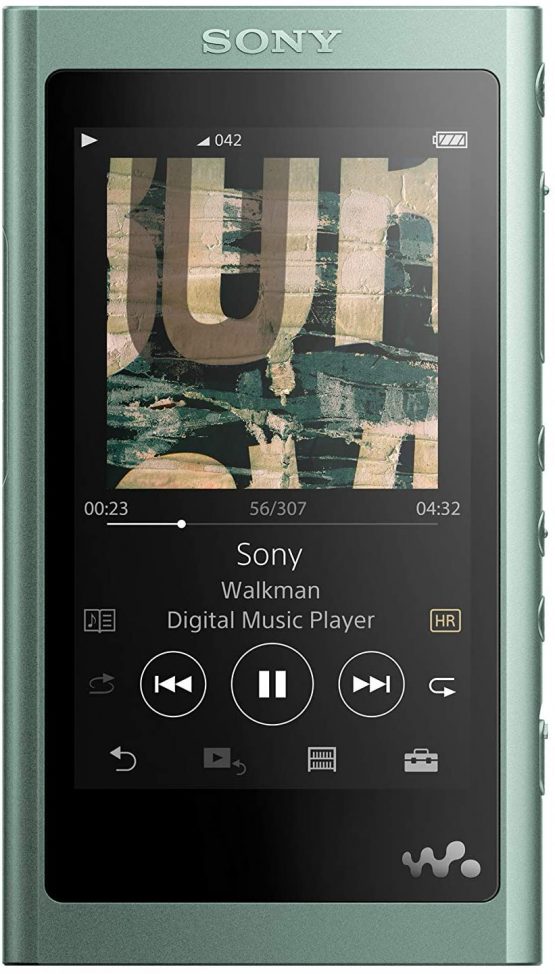
However, some higher-end units are also capable of reading and playing back files stored on larger-capacity DVD some also have the ability to play video content, such as movies. Since a CD can typically hold only around 700 megabytes of data, a large library will require multiple disks to contain. A disadvantage is that due to the low rotational disk speed of these devices, they are even more susceptible to skipping or other misreads if they are subjected to acceleration (shaking) during playback. These devices have the feature of being able to play standard audio CDs. The blank CD-R media they use is inexpensive. Such players were typically a less expensive alternative than either the hard drive or flash-based players when the first units of these were released.
SONY DIGITAL MUSIC AND PHOTO PLAYER PORTABLE
MP3 CD/DVD players: Portable CD players that can decode and play MP3 audio files stored on CDs.The disadvantages with these units is that a hard drive consumes more power, is larger and heavier and is inherently more fragile than solid-state storage. At typical encoding rates, this means that tens of thousands of songs can be stored on one player. These players have higher capacities as of 2010 ranging up to 500 GB. Hard drive-based players: Devices that read digital audio files from a hard disk drive.Because they are solid state and do not have moving parts they require less battery power, will not skip during playback, and may be more resilient to hazards such as mechanical shock or fragmentation than hard disk-based players. Due to technological advances in flash memory, these originally low-capacity storage devices are now available commercially ranging up to 128 GB. Flash-based players: These are non-mechanical solid state devices that hold digital audio files on internal flash memory, removable flash memory cards or USB flash drive.Types ĭigital audio players are generally categorised by storage media: Portable DVD and BD players are still manufactured. Increasing sales of smartphones and tablet computers have led to a decline in sales of PMPs, leading to most devices being phased out, such as the iPod Touch on May 10, 2022, though certain flagship devices like the Sony Walkman are still in production. In 2008 video-enabled players would overtake audio-only players. In 2007, 210 million PMPs were sold worldwide, worth US$19.5 billion. In 2006, 20% of Americans owned a PMP, a figure strongly driven by the young more than half (54%) of American teens owned one, as did 30% of young adults aged 18 to 34.


However the industry would eventually be defined by the popular Apple iPod. MP3-playing devices were mostly pioneered by South Korean startups, who by 2002 would control the majority of global sales. Some players also include radio tuners, voice recording and other features.ĭAPs appeared in the late 1990s following the creation of the MP3 codec in Germany. Generally speaking, they are portable, employing internal or replaceable batteries, equipped with a 3.5 mm headphone jack which can be used for headphones or to connect to a boombox, shelf stereo system, or connect to car audio and home stereos wired or via a wireless connection such as Bluetooth. The PMP term was introduced later for devices that had additional capabilities such as video playback. In contrast, analogue portable audio players play music from non-digital media that use analogue media, such as cassette tapes or vinyl records.ĭigital audio players (DAP) were often marketed as MP3 players even if they also supported other file formats and media types. The data is typically stored on a compact disc (CD), Digital Versatile Disc (DVD), Blu-ray Disc (BD), flash memory, microdrive, SD cards or hard drive/ solid-state drive most earlier PMPs used physical media, but modern players mostly use flash memory. A small DAP: the SanDisk Clip Jam (2010s)Ī portable media player ( PMP) (also including the related digital audio player ( DAP)) is a portable consumer electronics device capable of storing and playing digital media such as audio, images, and video files.


 0 kommentar(er)
0 kommentar(er)
